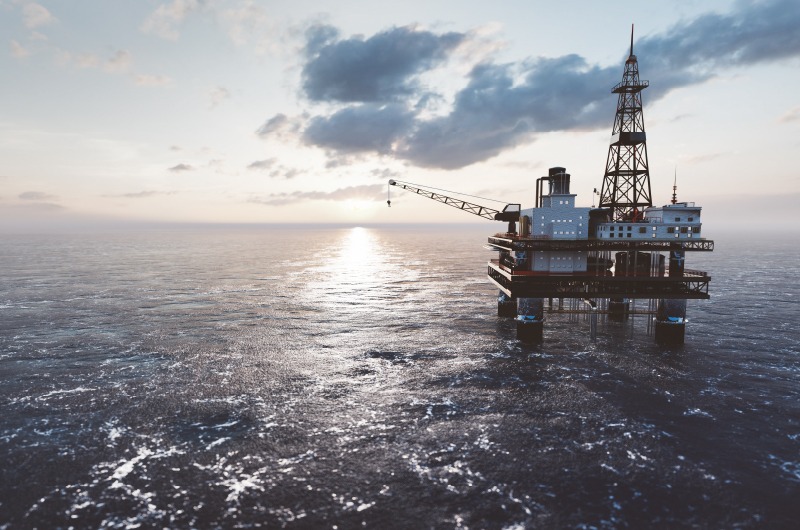Undoubtedly, the impacts generated by the covid-19 pandemic on American oil and gas production will be witnessed for a few more years. Despite the sector’s recent slight recovery, the problem appears to be far from over.
To understand a little more about what made this drop in production so impactful, you can access this content where we detail more about it. Click and read!
There are many variables behind the drop in US oil consumption and production. Basically, there is a cost behind all production, which can be more or less expensive depending on how the extraction is carried out.
In offshore plants, this cost is highly increased due to the numerous complexities that govern the operation. As they are located on the high seas, companies try to keep as few people on board as possible, seeking to save on logistics costs and also minimize risks to operators.
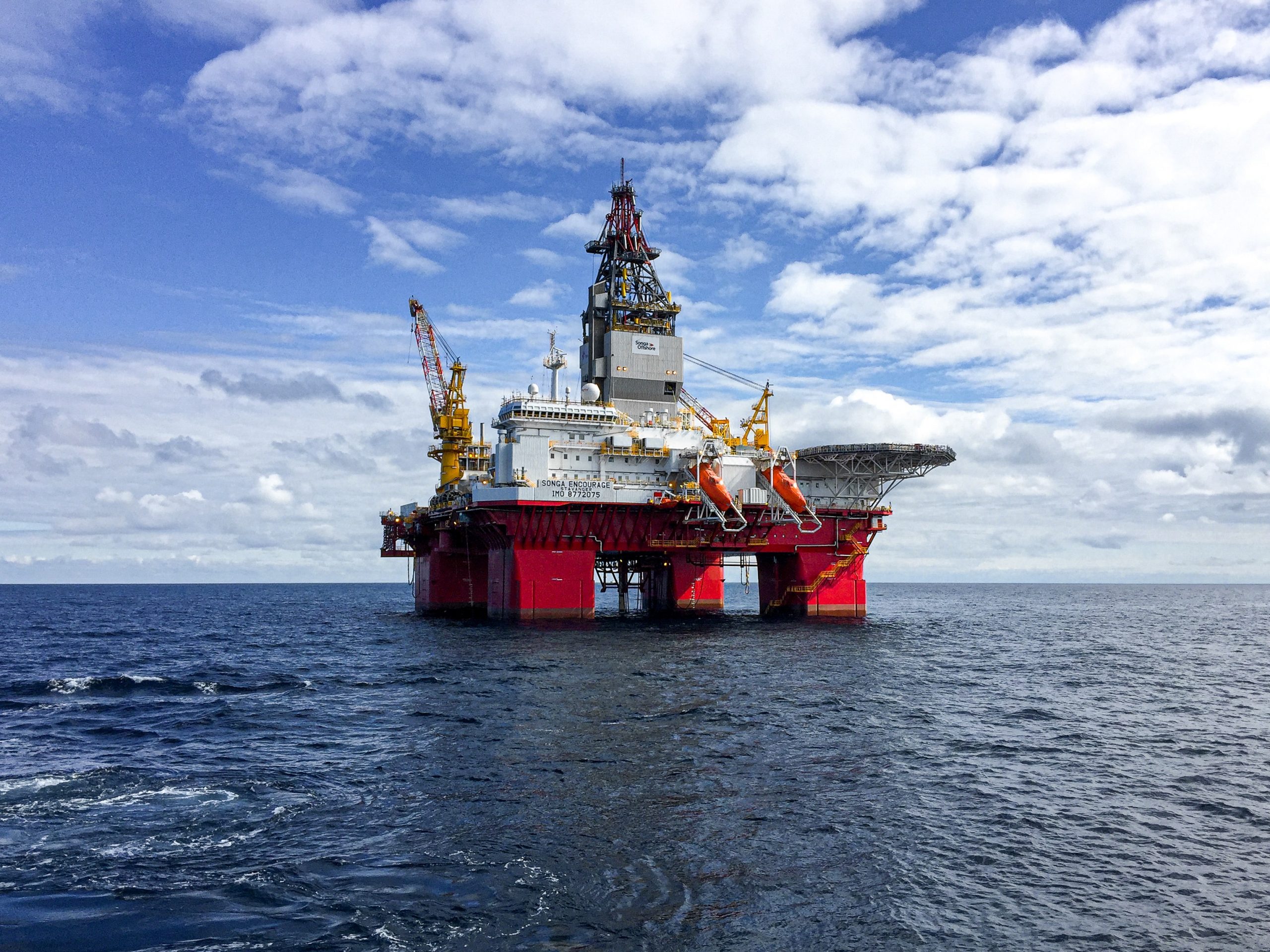
These plants are usually supplied by helicopters, and their workday is characterized by fortnights on board and fortnights on land.
Another factor that makes production more expensive is the cost associated with the maintenance of these gigantic structures. It is essential that every maintenance plan is strictly followed. Good asset health monitoring and management are synonymous with ensuring an accident-free and continuous operation while reducing costs.
Despite all this, the cost of producing a barrel of oil in an offshore installation is still much higher compared to onshore installations. Easy access by land and less plant complexity reduce production costs and make this kind of extraction much more profitable.
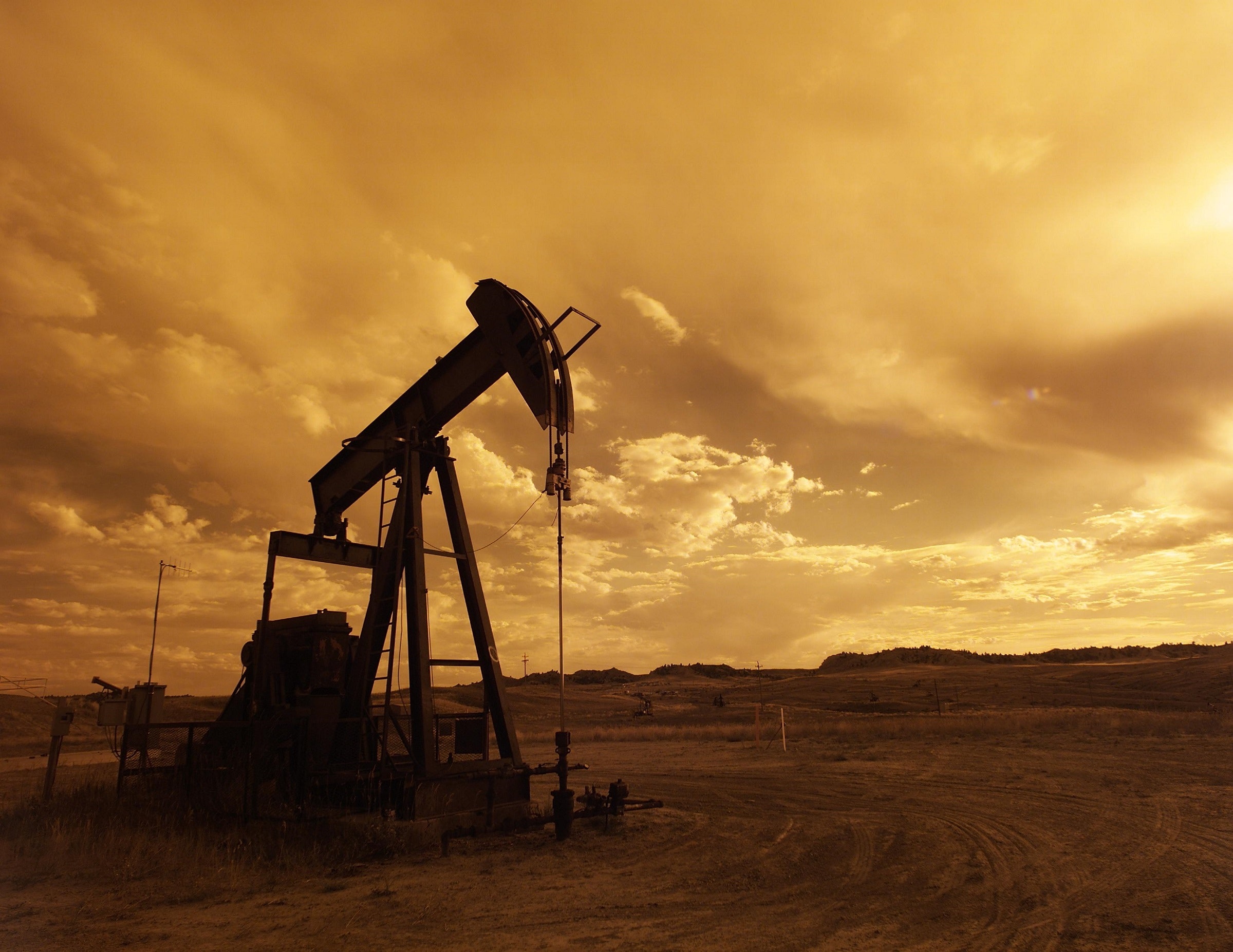
However, despite their advantages, onshore installations are not scalable like offshore ones. The consumption of oil and gas drives such a large demand that this kind of operation is not capable of supplying stocks on its own.
With this in mind, it is possible to understand the 03 fundamental pillars that directly influence oil prices and production. They are:
- Production cost
- Consumption demand
- Available stock
The pandemic was responsible for the instability of these 03 factors. With social distancing, consumer demand plummeted, the cost of production rose and stocks inflated. A chaotic combination that led the industry to take drastic measures to contain an imminent crisis.
Among these measures were necessary stock burns to reduce supply and control plummeting prices. The drop in these prices was responsible for the reduction in production in hundreds of installations.
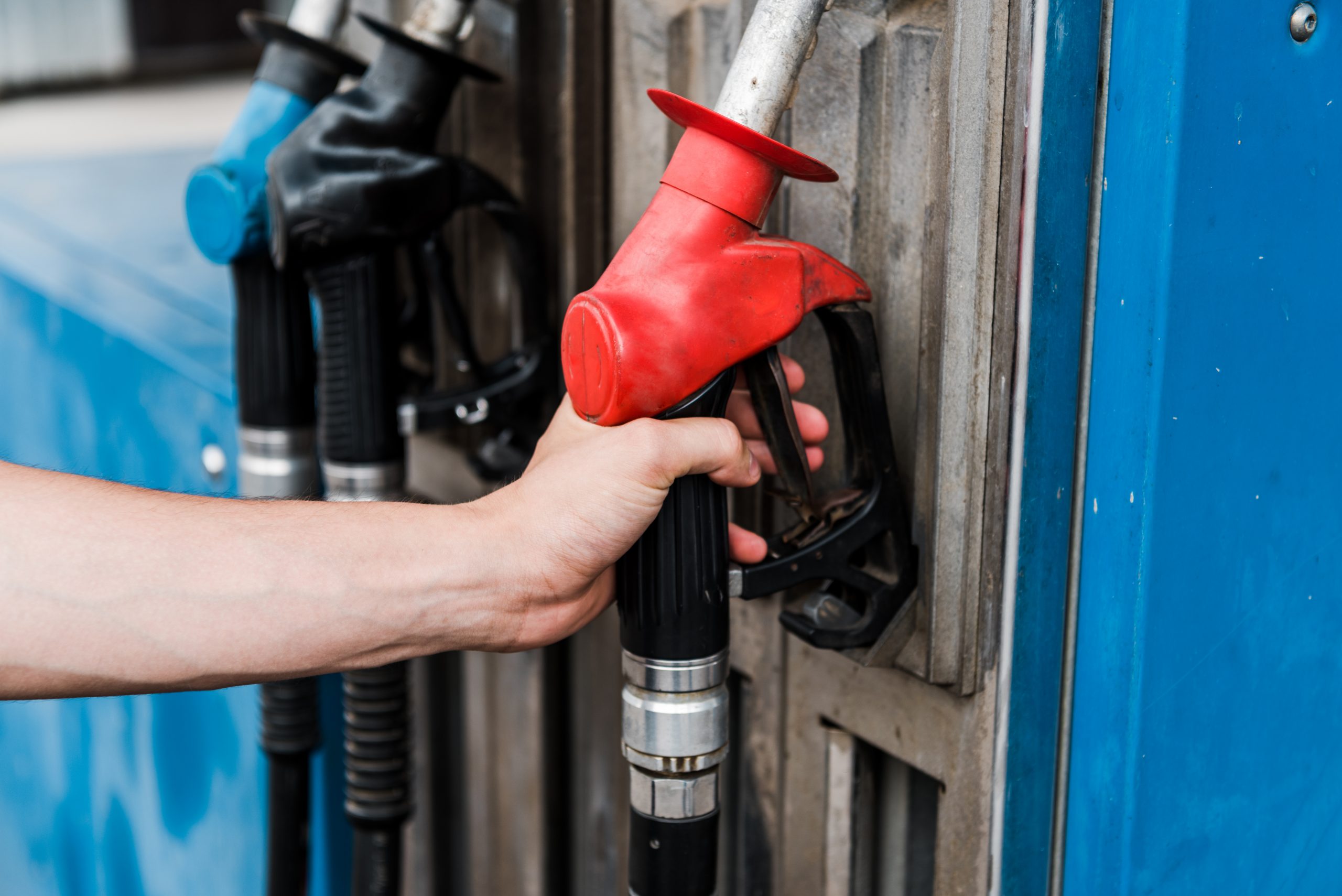
The logic works like this:
If the production cost of a barrel of oil is $60 and the selling price is $66, it is not profitable to maintain an operation at its full potential.
And that’s exactly what happened, companies gave up exploring maximum production so that the crisis doesn’t get worse.
After long months of the pandemic and a certain return to normality, consumption has risen again, but the numbers show us that the crisis is still here and that the sale value of the barrel is still far from being balanced with the pre-pandemic numbers.
Although the signs of a possible return to normality appear timidly, the oil and gas sector has another tough challenge ahead.
The world is moving towards a new need today and that will certainly be a thorn in the side of the sector. The need to zero carbon emissions in industrial facilities is a goal outlined by many countries that seek to zero all emissions by 2050.
It is not a simple objective and one that comes from an industry that has been facing environmental crises for at least 30 years. In addition to the pollutants emitted in its own operation, the oil and gas industry has already been involved in dozens of accidents and leaks that culminated in catastrophic results for the environment.
For the sector to adapt to the new scenario, investments in technology aimed at reducing risks and failures in this operation are first necessary. As mentioned above, it is necessary to adopt technologies within asset integrity management to avoid disasters resulting from failures.
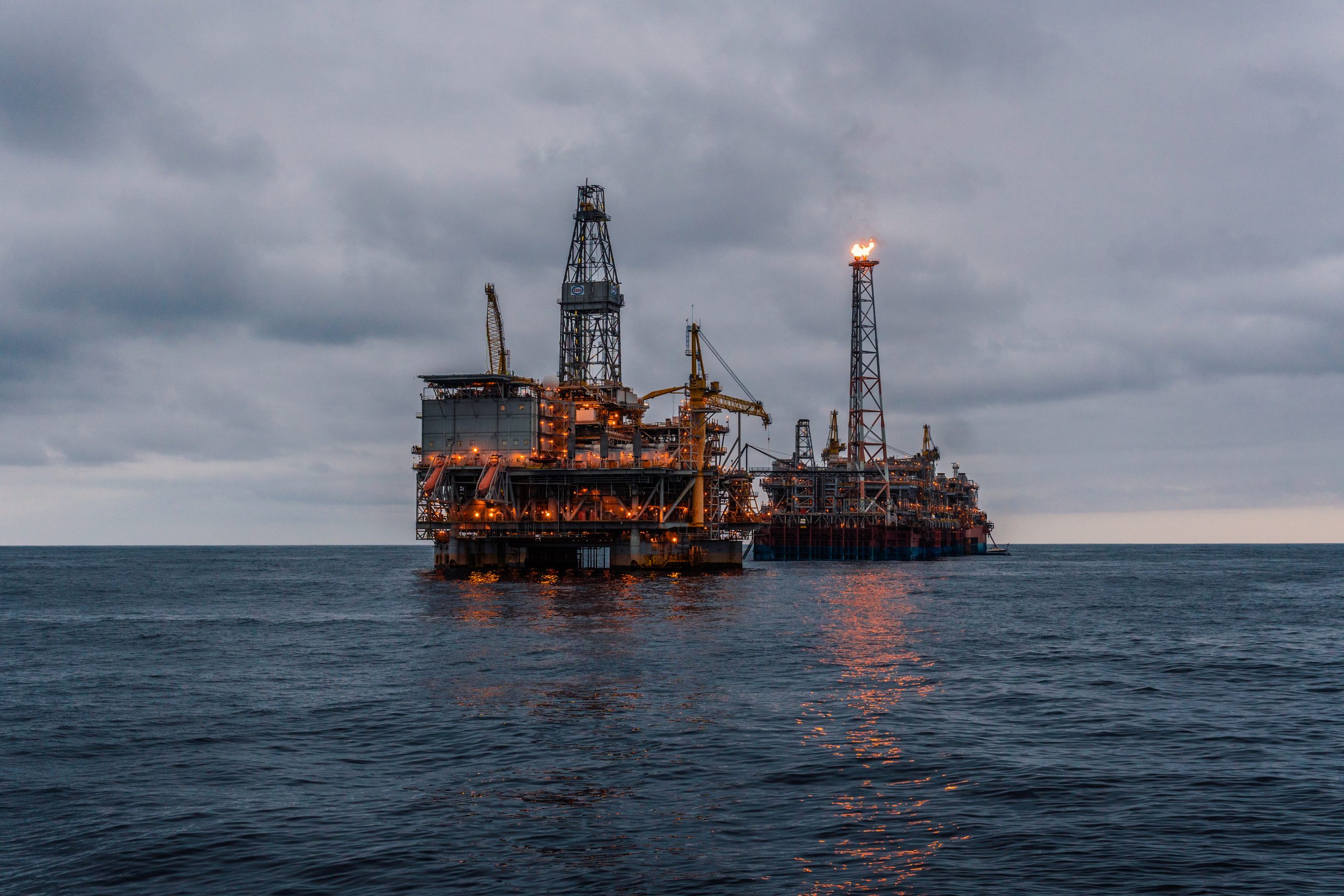
The second factor is the change of energy source. The use of energy from non-renewable sources is another point that has been delaying the sector in its journey towards a net-zero operation.
But how exactly does complying with targets related to decarbonization influence oil and gas consumption and production?
Despite the target set to be achieved in 2050, governments and stakeholders are already taking a stand in favor of this need. This means that in the coming years governments will impose ever-heavy regulations and sanctions on those who are unwilling to contribute to the planet. Stakeholders, on the other hand, also did not feel secure in disbursing millionaire contributions to a sector that does not have a roadmap for a net-zero strategy.
It seems that today we are only experiencing the beginning of a long journey towards decarbonization and at the same time that industries have a great challenge ahead of them, they have great allies for its execution.
Digital transformation is synonymous with evolution. Thanks to this important movement our lives were revolutionized thanks to the use of technology. Every year new technologies emerge and manage to solve the problems of now. It is in this technological movement that industries must place their efforts and investments. It is only with a true DNA of digital transformation that the sector will once again be able to solve its problems without succumbing to the crises and problems of the present, and those that the future still holds.

